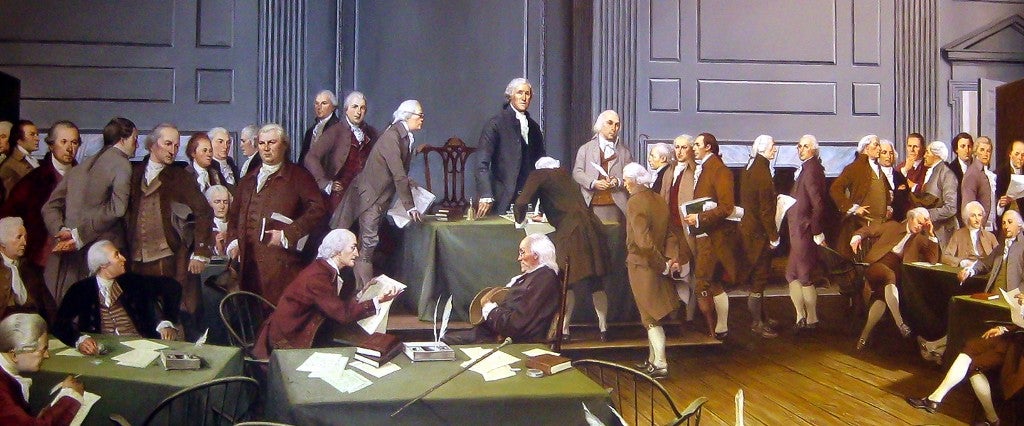Happy Election Day, everyone! Have you cast your vote for president yet? Ha ha, trick question: Unless you’re one of 538 people, you don’t get to vote for president, no matter how hard you try! It may seem like you’ve voted for president, but you actually voted for a group of party hacks whose name doesn’t even appear on the ballot in most states, who have promised in advance to vote for your candidate (but might not!) in the only election that matters: the Electoral College.
The Electoral College isn’t just the source of the numbers endlessly discussed on cable news and the URLs we’ve been refreshing feverishly for at least six months; it’s a group of actual human beings selected by an awkward, jury-rigged process that has worked not at all like the Founding Fathers hoped it would. Whether you love it (it has its fans!) or hate it (I am definitely not among those fans), we hope you enjoy reading these fun facts about it while you wait for the returns to come in.
1. Why not a direct election? Blame slavery
You probably remember from your high school history classes that the Founding Fathers weren’t huge fans of raw democracy. The Electoral College, which puts a layer between voters and the president, is often held up as an example of this. And while it’s true that there were lots of different ideas at the Constitutional Convention as to how the president should be indirectly elected, one of the convention’s most influential voices, James Madison, initially had a different view. This is him writing about himself in the third person, like you do when you’re largely responsible for an entire system of government but are also fairly modest:
He was disposed for these reasons to refer the appointment [of the President] to some other source [than Congress]. The people at large was in his opinion the fittest in itself. It would be as likely as any could be devised to produce an Executive Magistrate of distinguished Character. The people generally could only know & vote for some Citizen whose merits had rendered him an object of general attention & esteem.
There was only one hitch:
The right of suffrage was much more diffusive in the Northern than the Southern States; and the latter could have no influence in the election on the score of the Negroes.
In other words, the Southern states had inconveniently reduced their own potential voting power by enslaving a significant portion of their population and forbidding them from voting. This same issue had been “solved” (from the perspective of white people) for congressional representation with the Three-Fifths Compromise, in which Southerners (who wanted slaves to be considered people, if only for political head-counting purposes) agreed to count each slave as only 60 percent of a person. By creating an Electoral College that was apportioned among the states the same way Congressional representatives were, the Framers were able to reuse that compromise for presidential elections, too. James Madison, a slave-owner himself, backed the idea.
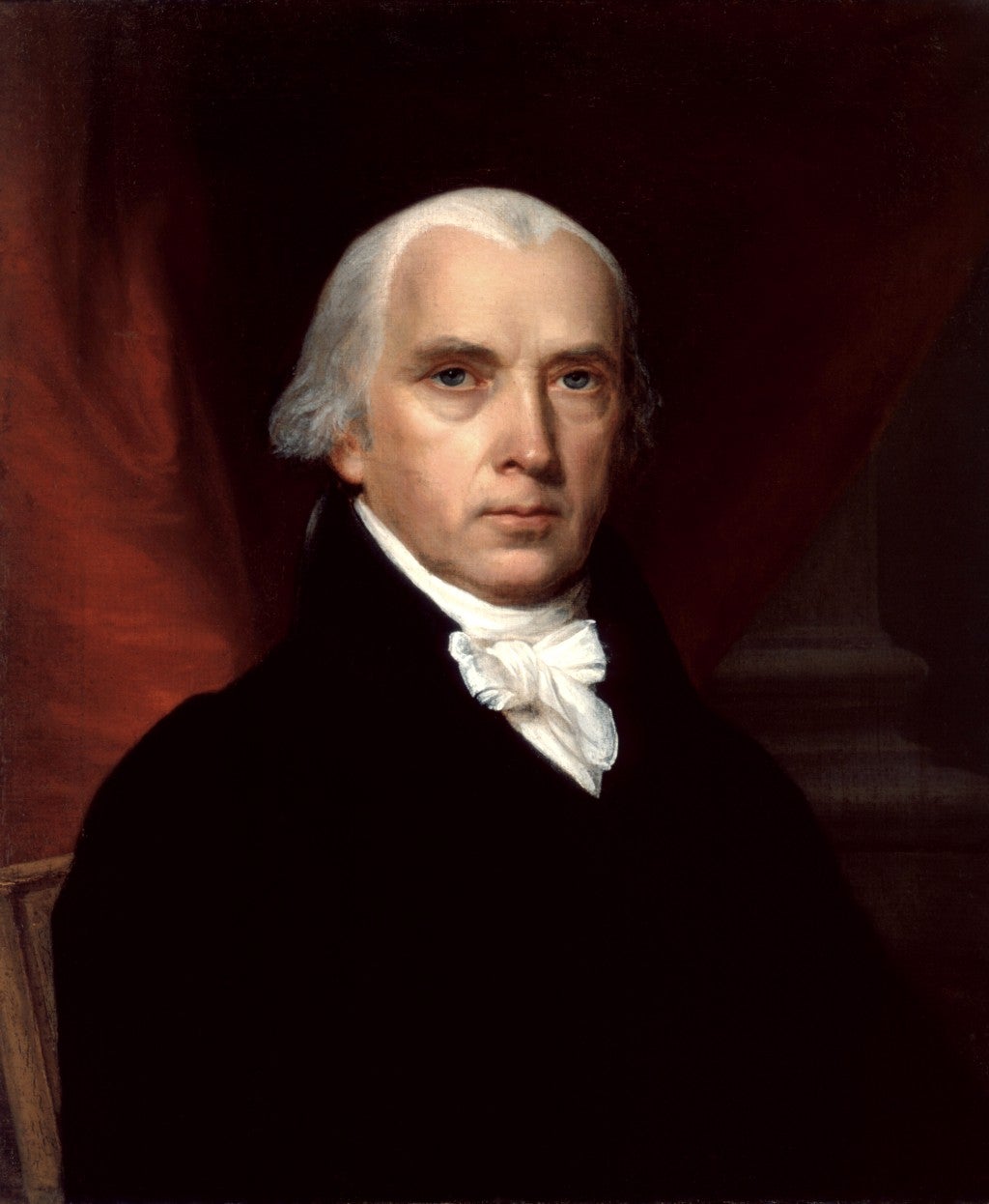
2. Electors have been chosen in all sorts of crazy ways
The Constitution gives free rein to each state’s legislature to determine how that state’s electors are chosen. The current system, where voters pick a slate of electors pledged in advance to a candidate, and the whole slate that gets the most votes wins, didn’t become universal until the 1880s. Before that, there were any number of different systems in place, including:
A. The legislature just straight-up picking electors themselves. What, you give them the power to do this and expect them not to?
B. States divided into districts, one for each electoral vote, and an elector being chosen individually by the people of that district.
C. An elector being chosen by the people of each congressional district, with two at-large electors chosen by the whole state.
D. Weird mishmashes where the people select some electors and the legislatures others, or the people narrow down the list and the legislature deciding on the rest, or other similarly byzantine systems.
For whatever reason, Alexander Hamilton and James Madison, who didn’t agree on much else, had both assumed that all the states would use method B, and when that didn’t happen Hamilton angrily proposed a constitutional amendment to mandate that, though it never went anywhere. By the 1820s all the states had some system whereby electors were chosen by the voters, except South Carolina, whose legislature kept control for themselves until after the Civil War, just to be dicks about it.
Much later, Maine (in the 1970s) and Nebraska (in the 1990s) switched to method C, which probably seemed like a good idea at the time. Various other states have contemplated using this method, usually because the party in charge of the legislature keeps losing the presidential vote in the state. When Obama managed to grab one of Nebraska’s districts in 2008, the Republican-dominated state legislature tried to switch back.
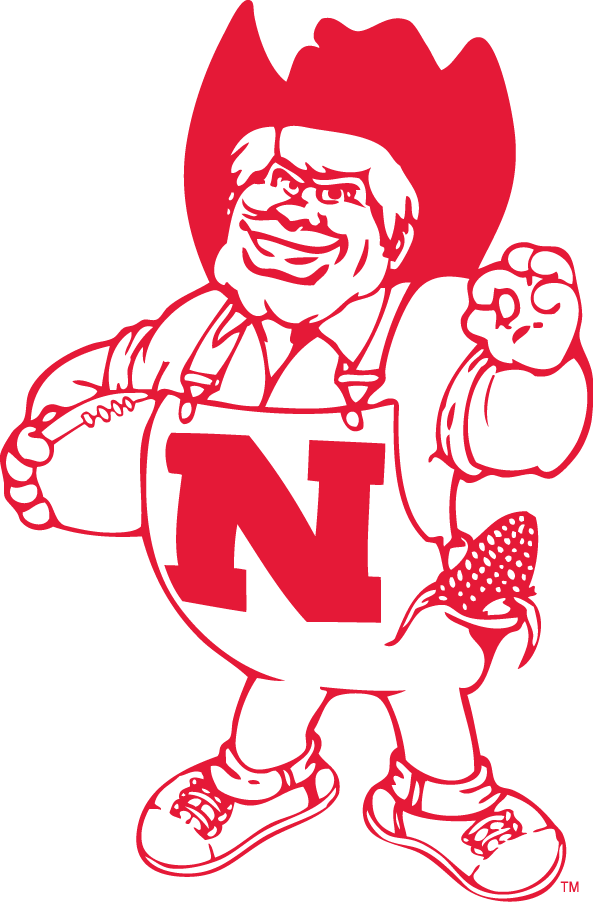
3. The electoral college was obviously broken from the first competitive election
The Founding Fathers’ main worry about electors was that they would all vote for someone from their home state or region. So they initially gave each elector two votes, one of which had to go to someone from a state they didn’t live in. That way, they could get their hometown pride out of the way and hopefully cast their other vote for a national consensus candidate. Since it was assumed that everyone would be voting for the candidates they thought were best by some objective, rational criteria, the person who came in second place was obviously the second best candidate, so he became vice president. And because America’s leaders were supposedly a collegial group of wise, learned men, the two would, it was assumed, work well together.
George Washington was so universally beloved that he was elected twice unanimously. By the end of his second term, though, national political parties had formed, and the number-1 and number-2 vote-getters in 1796, John Adams and Thomas Jefferson, hated each other’s guts. Adams’ faction, the Federalists, were supposed to coordinate their second votes to get Thomas Pinckney chosen as VP; instead, thanks in part to meddling by Alexander Hamilton, they scattered their votes and left Jefferson in second place.
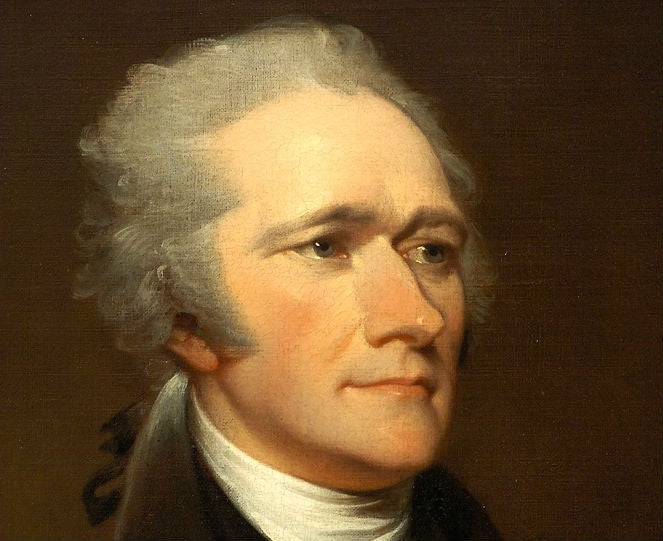
Four years later, things got even more screwed up when Jefferson’s party, the Democratic-Republicans, won the election. The Democratic-Republican electors all voted for Jefferson; one or two were supposed to vote for someone other than his running mate, Aaron Burr, but they never did figure exactly which ones had this job, so they all voted for Burr as well, leading to a tie vote and a constitutional crisis. It was only after Jefferson (barely) emerged the winner that the Constitution was amended so that electors specify which candidate they want as president and which as vice president.
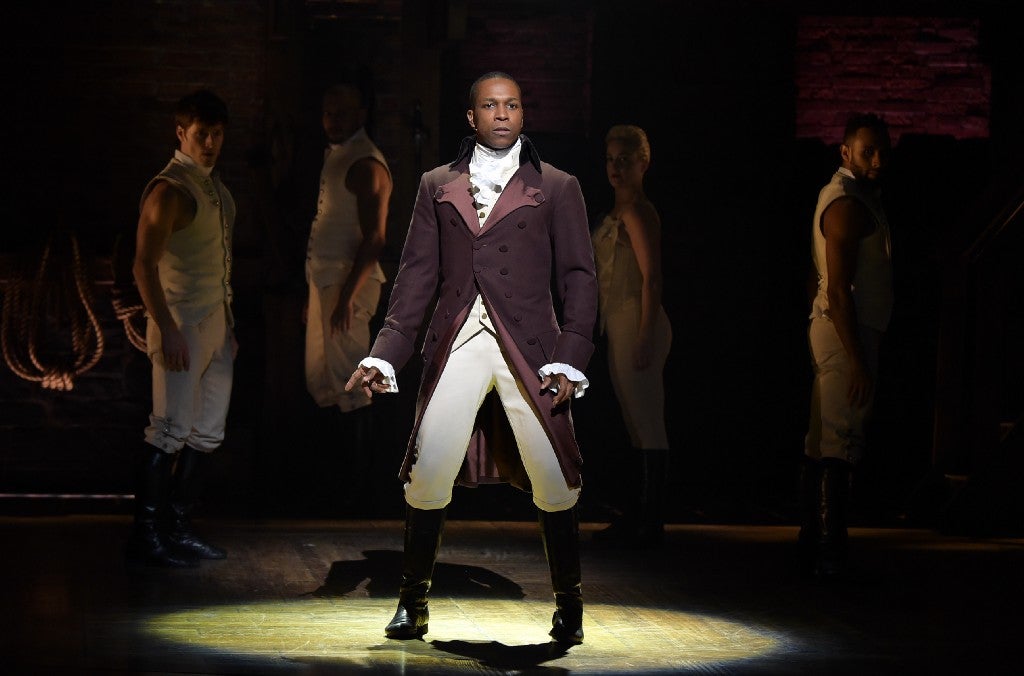
4. Electors can still vote for whomever they want
So by 1800 most electors were dutifully voting for whomever their party expected them to vote for, even in the face of disastrous consequences. Still, while states can exclude from the ballot an elector who doesn’t pledge in advance to vote for their party’s candidate, there really isn’t any mechanism to stop them from doing what they want once elected. And so over the years electors have done any number of wacky things, including:
· Voting for a dead guy. Horace Greeley lost the 1872 election to Ulysses S. Grant, and took it so hard that he died less than a month later, after the popular vote had been tallied but before the electors had formally cast their votes. Greeley’s electors mostly cast their ballots for a slew of actually alive people who hadn’t run, but three stubbornly voted for the corpse they had promised to vote for.
· Switching the order of candidates on the ticket. In 1988, an elector from West Virginia voted for Lloyd Bentsen for president and Michael Dukakis for vice president, presumably because she was a big fan of the “You’re no Jack Kennedy” line.
· Not voting for anyone. In 2000, one of the electors from the District of Columbia cast a blank ballot, protesting the District’s lack of representation in Congress by also taking away its representation in the Electoral College.
· Voting for the same guy twice. In 2004, all 10 of Minnesota’s electors cast their votes for John Edwards for VP — but one also voted for him for president instead of John Kerry. (Or at least that’s how it was officially recorded: They actually wrote “John Ewards” on the ballot.) The individual ballots weren’t signed, and none of the electors took credit for the weird move; in a classic Minnesota Nice moment, everyone there agreed it was probably an honest mistake.

None of these defections have altered the outcome of an election, but if you’re already having some anxiety about the semi-plausible scenarios this year where Clinton beats Trump by only one or two electoral votes, you may wish to avoid the stories about the Democratic electors from Washington State who have already said they aren’t voting for Hillary.
5. Why not a direct election? Blame segregationists.
In 1968, in part due to a third-party run from arch-segregationist George Wallace, Richard Nixon handily won the Electoral College while only winning the popular vote by 0.7 percent. In response to the resulting unease, Congress finally proposed a Constitutional amendment that would abolish the Electoral College. The president and vice president would be directly elected, with a second round between the top two tickets if nobody got more than 40 percent of the vote. The amendment sped through the House, and most of the state legislatures were friendly to the idea; by 1970 it seemed likely to pass.
Unfortunately, the amendment was held up in the Senate, where fun goes to die. The plan was opposed by a number of segregationists, including James Eastland, John Little McClellan, Sam Ervin and Strom Thurmond, as well as some other less racist senators who still wanted to preserve the outsize influence small states have in the Electoral College. Nixon was publicly in favor of the amendment, but refused to lean on Republican holdouts to help move it along.

After a filibuster in the fall of 1970, the amendment died, and no similar proposal ever got so far again. For the third time in U.S. history, the Electoral College’s greatest flaw — that it allows someone to win even though fewer people vote for them than for their opponent — was made obvious in 2000, but after the Florida recount drama, apparently there was no appetite for revisiting the issue.
And, great news: As of this writing, Nate Silver says that the chances of that happening again this year are an unsettlingly high 11 percent. If that does happen, we’re sure that America’s political leadership will be prepared to take a dispassionate look at what went wrong and come to a workable solution that promotes the democratic process. Right? Sure they will. Just keep telling yourself that.
